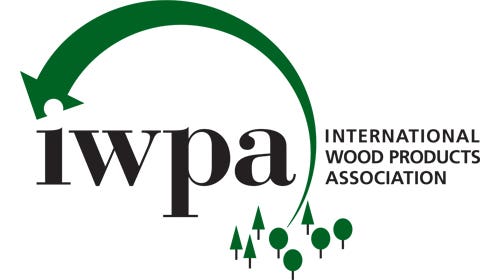Exotic species sales boosted by recent trends
IWF exhibitors of hardwoods and veneers were pushing exotic species to a receptive crowd. Dealers interviewed by Woodshop News say shops are looking for alternative materials to help their custom…
IWF exhibitors of hardwoods and veneers were pushing exotic species to a receptive crowd. Dealers interviewed by Woodshop News say shops are looking for alternative materials to help their custom projects stand out.
“We’re seeing a lot of exotic species being used for furniture, doors, windows, trellises and live-edge pieces,” says Omar Linares of Beacon Hardwoods, a wholesaler in Miami. “That goes for pretty much all of the main species except for African mahogany. The pricing on that is way down.”
Beacon’s booth featured thick slabs of angelique (Dicorynia guianensis), a dense, medium-brown-colored wood from French Guiana and Suriname. It’s a teak substitute used for ship decking and industrial flooring.
Northwest Hardwoods, based in Tacoma, Wash., presented imports from Africa, Malaysia, Central and South America, and Burma, used for millwork applications, exterior doors, custom moldings and other high-end projects, according to Todd Walker, the company’s national sales manager for exotics.
“People like to have other options than the usual materials so they can stand out,” Walker says. “Our top sellers are sapele, African mahogany and sipo, which are all considered African redwoods with a different grain pattern. I think it’s the reddish color people are looking for because these woods are not easy to machine due to their high silica content.”
David Thomsson, president of Brookside Veneers in Cranbury, N.J., says he’s seeing an ongoing trend of woodworkers using dark exotics with lighter woods to produce a bold contrast.
“We typically see them pairing a dark species such as wenge, Macassar ebony and English or Persian walnuts with something light like rift white oak or on the import side anigre, which is a light African hardwood that stains well and lets end-users tweak the final color,” Thomsson says.
“This trend with the contrasting is holding for projects across the board, from cabinets to offices, in residential and commercial sectors. It’s been going on for about four to five years which is what we’d call a mature trend, so we do expect it to end, but don’t know when. For now, it’s still going strong.”
This article originally appeared in the October 2016 issue.






